India's battle against left-wing extremism: More conflict management than conflict resolution?
The rallying of such forces gives rise to fratricidal killings. Adivasis are close-knit groups. Pitting to kill one against the other sponsored by the State gives rise to not just distrust among the members of the group but against the State as well. The enmity that is being created among the Adivasis will have a long-term impact.
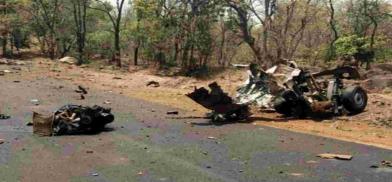
Amidst all the significant events happening across the globe, the news of a Maoist attack in Chhattisgarh, in central India, became yet another news story. Incidents involving Maoists - euphemism for ultra-left insurgents - incidents have become quite ‘ordinary’ owing to their repetitive nature. Common people in India have lost interest in the death of innocent civilians getting killed in some interior forests.
Ten policemen and one civilian (the driver of the vehicle) were killed in an Improvised Explosive Device (IED) attack in the district of Dantewada, one of the worst affected areas by the Maoist conflict. The incident happened on 26th April when they were returning from an operation against insurgents. According to a 2019 report, 90 districts spread over 11 states in India are affected in varying degrees by Maoist extremism and conflicts.
The killed policemen are not regular security personnel on government duty and salary who can enter the force only after rigorous scrutiny and tough examination. These policemen were part of the District Reserve Guards (DRG). They are formed out of young Adivasi and surrendered Maoists. It was first formed in Kanker (North Bastar) and Narayanpur districts in 2008. Later it was replicated in Bijapur and Bastar (2013), Sukma and Kondagaon (2014) and in Dantewada (2017). The force has received advanced training in various states’ camps – basics of jungle warfare, for example, at Greyhounds (Andhra Pradesh) camps.
These people are the real ‘sons of the soil’; they are aware of the rough and dense geographical terrain; they can speak the local language; they look like the locals; they eat, and dress like them. They are emotionally attached to the region and the people. Gaining the trust of the locals and receiving logistical support becomes comparatively easier for them than the paramilitary forces probably manned by people from other states, with different languages, looks, and dress. More importantly, having been part of various dreams, sanghas and militias, these ex-Maoists have knowledge of not just the Maoist members but also the inner functioning of these groups.
DRGs or extra-constitutional force?
These types of forces are not new – extra-constitutional forces have formed part of the counter-insurgency tactics in the Maoist conflict, Ranvir Sena and Salwa Judum to name only a few. One can argue about the technicalities in the structures and objectives of different such forces. The question that arises at this juncture is, have they produced any significant result over the decades despite the extraordinary resources drained for the purpose? Other than being able to kill certain Maoist extremists and adding to that number after every incident – it is not doing much in terms of fighting with the ideology. This is more a physical and tangible fight without much involvement of mind games unfolding in the conflict scenario.
There are a couple of points that need consideration. The rallying of such forces gives rise to fratricidal killings. Adivasis are close-knit groups. Pitting to kill one against the other sponsored by the State gives rise to not just distrust among the members of the group but against the State as well. The enmity that is being created among the Adivasis will have a long-term impact.
The objective of the State or the rationale forwarded by it is – unless violence is eradicated development cannot reach these areas. Therefore, as a first step, it is the violence that needs to be addressed. However, in this process, the State is failing to establish a plausible alternative legitimate option for the locals to have faith in. It might yield immediate results but over the years once the locals become aware of the strategy of these forces establishing trust will become not just difficult but impossible.
Locals will become more confused and disarrayed. This violence will become a never-ending vicious cycle getting out of which could become an insurmountable challenge.
The question also remains what happens to the families of the DRG after their death? Are they given sufficient financial stability to take care of themselves in the future? If not, this will deter other people from joining such forces. Besides, given the limited choice and options that these ex-Maoists have other than being party to the force, it is doubtful how much these are products of voluntary participation once they become part of the state machinery.
Adivasi rights has got diluted
What is lost in the entire discourse is the issue of Adivasis, the indigenous people of the forests. One cannot deny the fact that there has been significant neglect, discrimination, and exploitation of their life and habitat. While the involvement of Maoists has helped to turn the spotlight back on the Adivasis, it has simultaneously diluted their core demands and rights.
The involvement of the DRG is once again an aspect of conflict management rather than conflict resolution. They are only successful in managing the conflict with limited scope (geography and impact wise). They fail to have any bearing on the grassroots causes that gave rise to the conflict in the first place. These aspects of the entire counter-insurgency strategy are only minuscule efforts in the bigger scheme of things.
Accountability and legitimacy are not just great pillars that strengthen democracy, but they are essential mechanisms of counter-insurgency strategies that are meant to have long-term impacts. The absence of accountability and scope of establishing legitimacy needs critical discussion when deploying groups like DRGs.
Celebrating the killings of Maoists will not address the core issue unless their ideology is tackled at a level and in a way that gives stability to their otherwise disturbed lives. Conflicts will only change their shape and nature. Today it is Maoism; tomorrow it might take some other form.
(The writer is a Ph.D. in Political Science from University of Bonn, Germany who currently resides in Frankfurt. Views are personal. She can be reached at mail.suparnabanerjee@gmail.com)




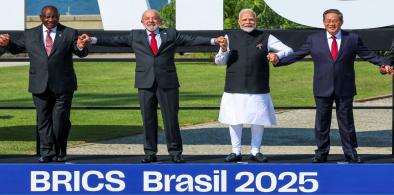
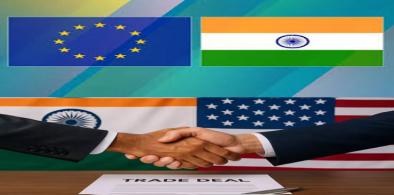

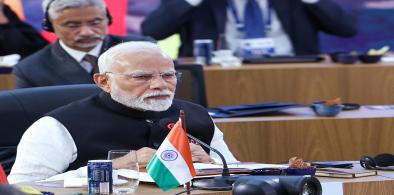

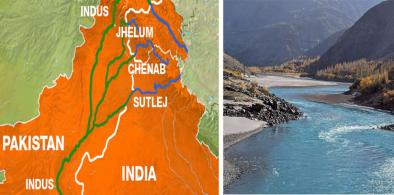
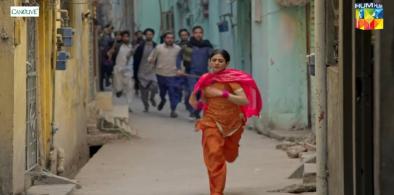
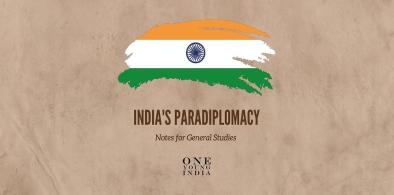
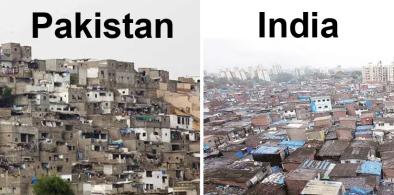
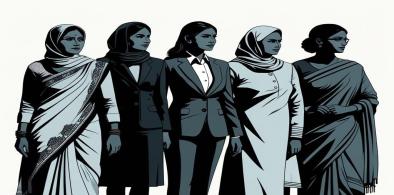


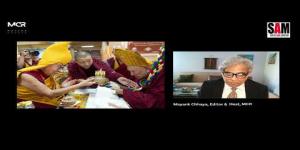



Post a Comment